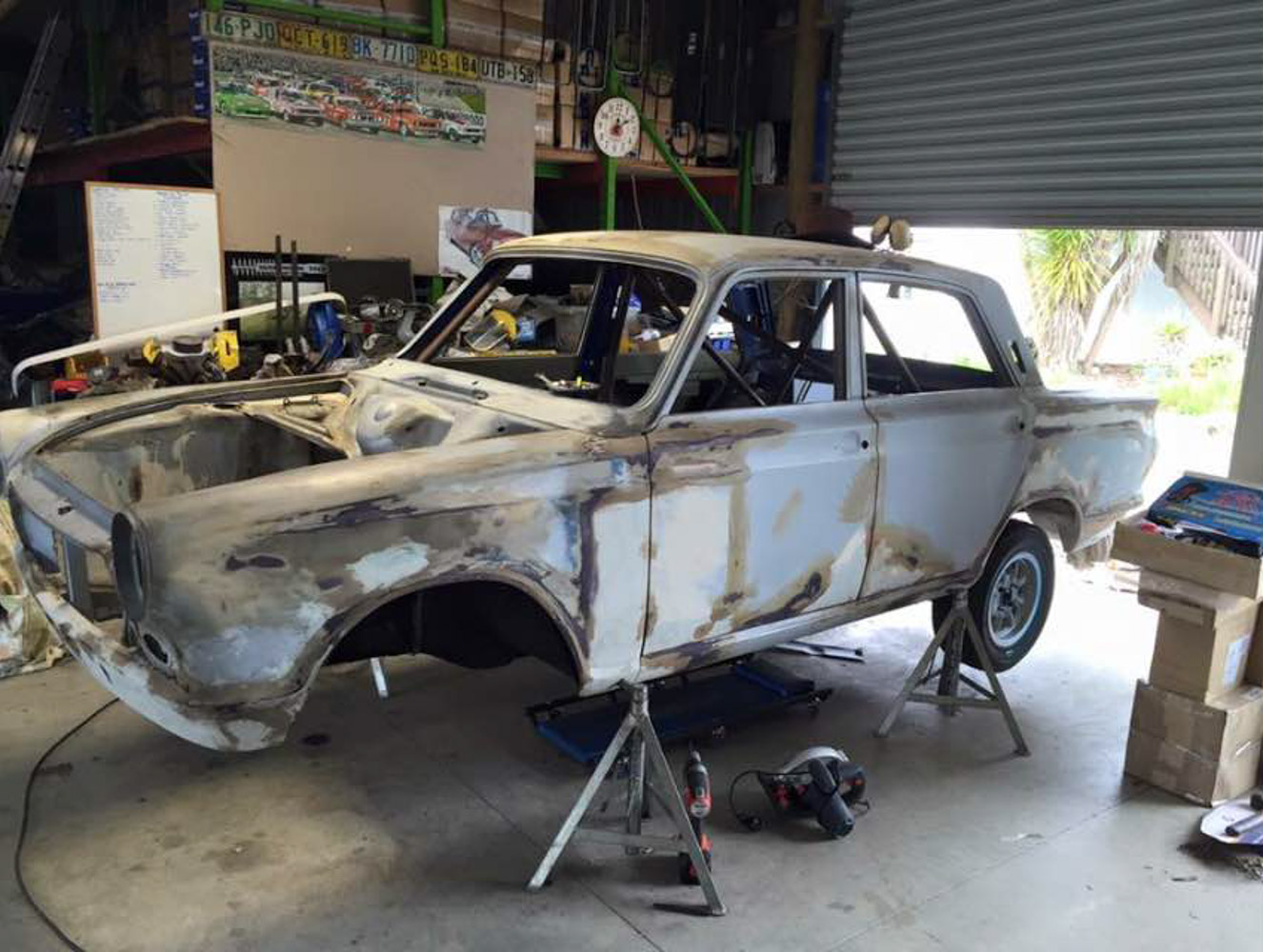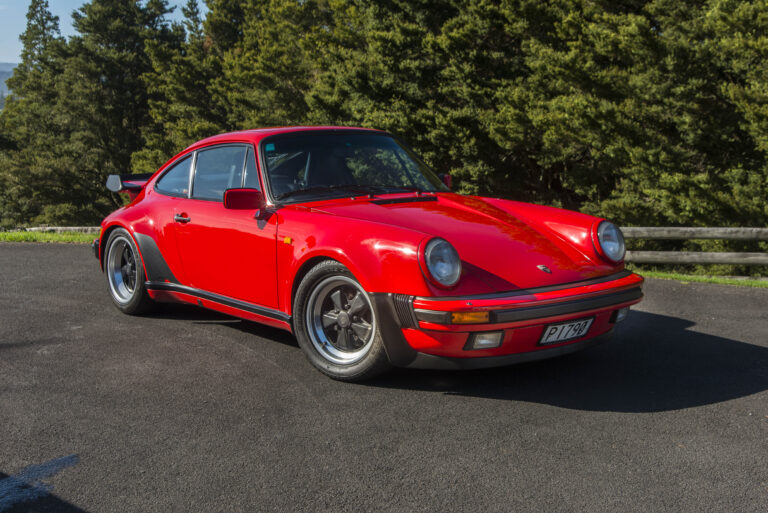Chris Alexander discovered the car in a wrecker’s yard in Mangere, South Auckland, seven years ago, sitting forlornly on a wooden pallet. It was a completely stripped shell with the four doors attached, and it quickly caught Chris’s eye. He immediately thought ‘rally car’ — what a fantastic opportunity to start a project.

Chris wanted to recreate an Alan Mann Cortina. The four-door shell was ideal for rallying, as the spare wheel can easily be stowed inside the cabin along with all the necessary accessories, leaving only the fuel pumps in the boot. Chris built the Cortina with a retro theme in mind, wanting to keep it classic, but mixing in the modern touches for safety and reliability.
He had planned to campaign his Cortina in this year’s Targa, but unfortunately had to withdraw at the last moment due to illness. He expects to make a full recovery, and is looking forward to competing in the Classic Rally of New Zealand 2017.
We’ve included a few additional photos that didn’t make it into the October issue of New Zealand Classic Car — grab your copy below to read the full story.
















